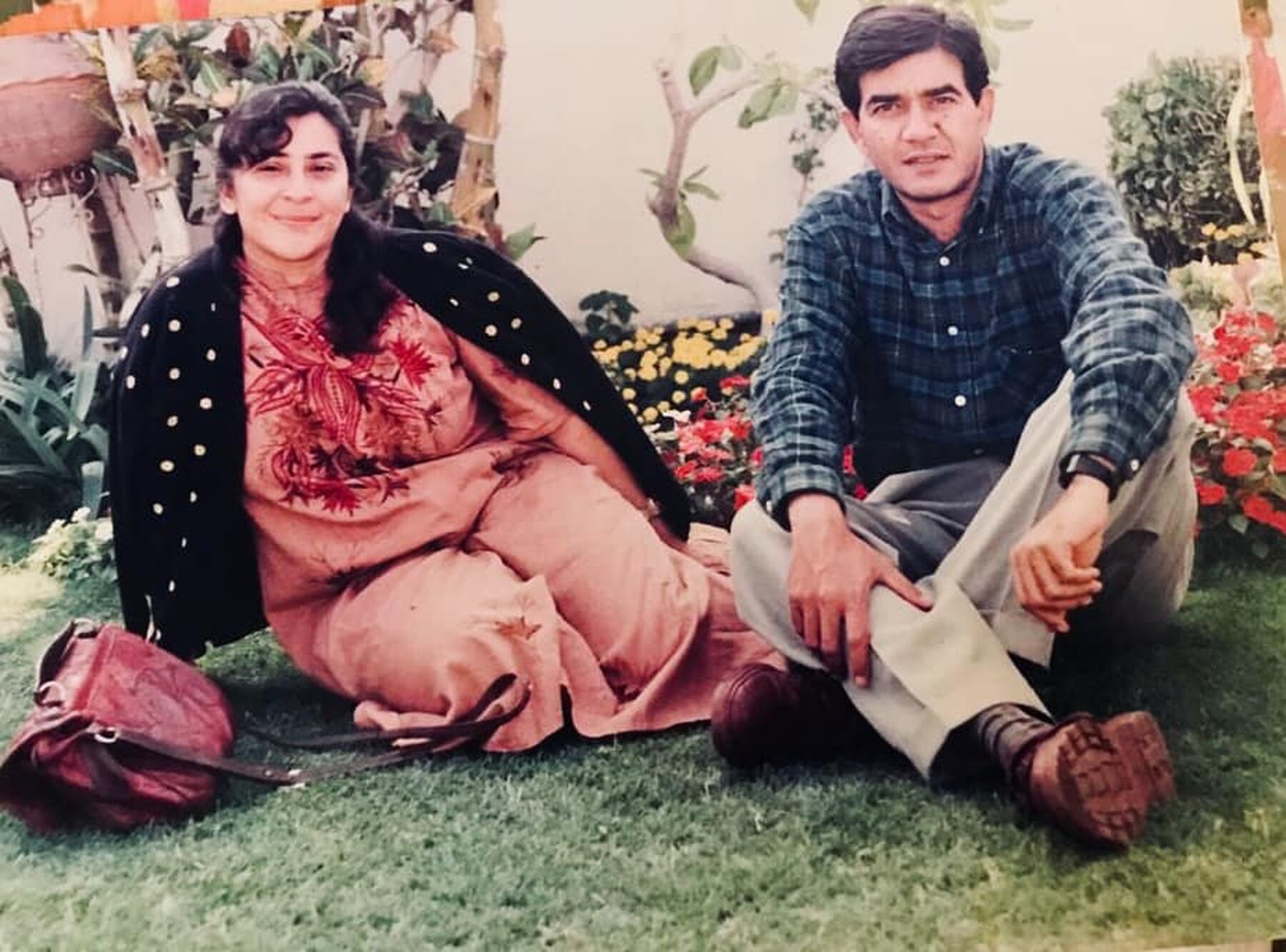JAVED BHUTTO was shot and killed March 1 as he unloaded groceries from the trunk of his car in the parking lot of his condo complex in Southeast Washington. His alleged killer was his neighbor, a man who had killed someone else in another unprovoked shooting but had been found not guilty by reason of insanity, and was released after 17 years of treatment at St. Elizabeths Hospital. He had been deemed safe to be released to the community, and he was supposed to have been closely monitored.
Something, to state the obvious, went horribly wrong, and someone, to quote Mr. Bhutto’s widow, “didn’t do their job . . . someone who should have been watching this insane murderer.” But exactly why and how the breakdown occurred is still unknown. In the months since Mr. Bhutto was killed and the disturbing details of his alleged killer’s release were revealed by The Post’s Paul Duggan, there has yet to be any explanation from D.C. officials.
D.C.’s Department of Behavioral Health pushed for the release of Hilman Jordan, Mr. Bhutto’s alleged killer, who, in the grips of schizophrenia and paranoia, had killed a friend in 1998, and was supposed to monitor him under 19 conditions of his discharge, including regular urine testing for traces of intoxicants. A failed test was supposed to mean immediate readmission to St. Elizabeths, and Mr. Duggan’s reporting documented apparent drug use by Mr. Jordan. His neighbors, who were unaware of his background, said he would sit outside getting high for hours. After Mr. Bhutto’s death, he tested positive for the powerful hallucinogen PCP.
After Mr. Duggan’s disclosures, Wayne Turnage, deputy mayor for health and human services, acknowledged the “optics” were not good but said any kind of judgment would be premature until all the facts were known from an ongoing internal review. He said the results of that review were expected within a week. That was in September. There still has been no information provided to Mr. Bhutto’s widow or to the public.
There are other people who were found not guilty by reason of insanity who have been released into the community on temporary furlough or full-time convalescent leave. Some, like Mr. Jordan, had been charged with murder or manslaughter; others were involved in assaults, robberies, property crimes and sexual offenses. It is critical to know exactly how Mr. Jordan’s case was handled. Were there human errors, systemic failures or both, and, more important, have steps been taken to correct the issues and protect the public? It is long past time for some answers.

